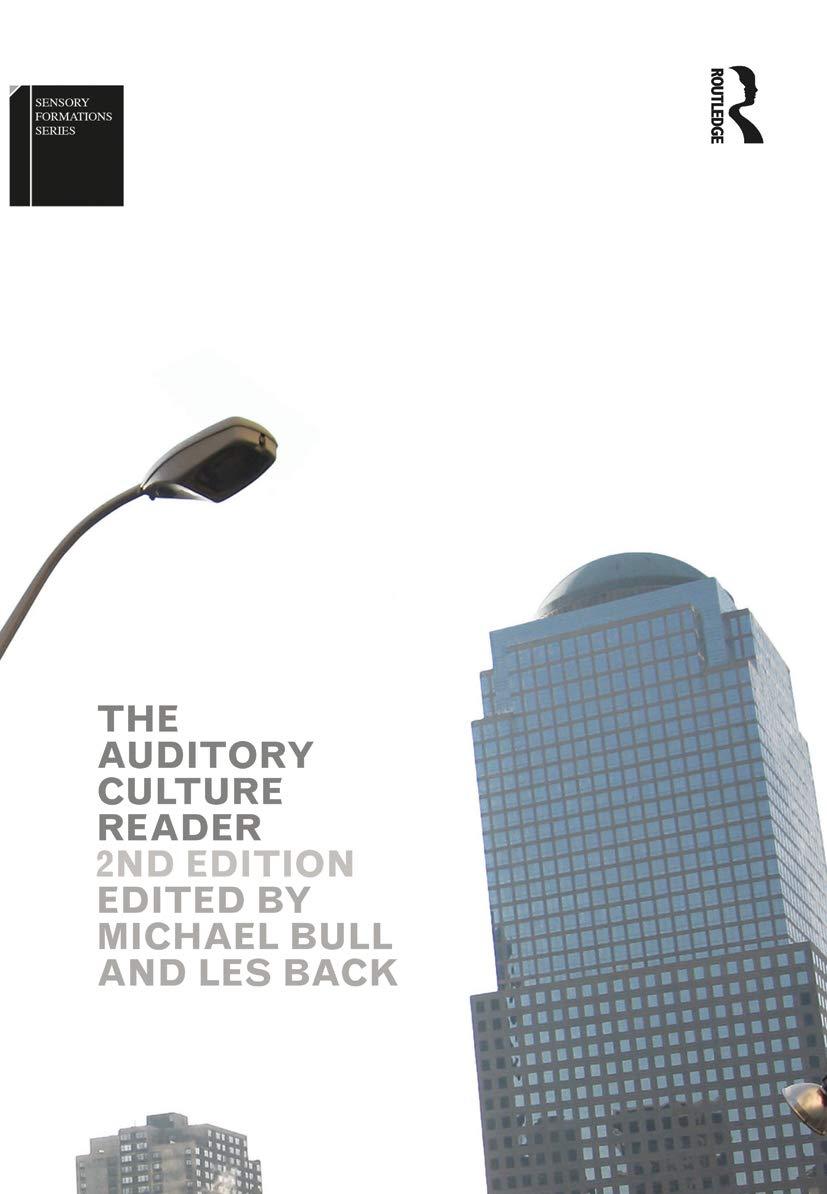Are the following statements TRUE of FALSE? Indicate the correct answer by writing down only True or False next to each of the statements (1.1. to 1.15) in your answer book: 1.1 Lease receivables (for both financial and operating leases) recognised by a lessor are subject to the derecognition and impairment requirements of IFRS 9 Financial instruments. 1.2 Investments in equity instruments and investments in debt instruments that are classified as 'fair value through other comprehensive income' are accounted for in the same way as each other. 1.3 investments in convertible debentures will be classified as subsequently measured at amortised cost, if the business model of the entity is to hold convertible debentures until maturity, and the cash flows of the debentures are solely payments of the principai and interest on the principal. 1.4 Financial assets are always initially measured at the acquisition price, irrespective of fair value on the date of acquisition. 1.5 Prepaid expenses are financial assets. 1.6 In terms of the definition, there are three categories of 'financial assets': cash, investments in equity instruments of other entities, and contractual rights to receive cash or another financial asset. 1.7 Foreign exchange gains and losses on financial liabilities (other than those used in hedges), are always expensed. 1.8 Transaction costs are only expensed if the financial liability is classified as fair value through profit or loss 1.9 A contract being settied by the issue of a fixed number of an entity's own equity instruments would need to be a derivative contract to be a financial liability. 1.10 In terms of the definition, there are two categories of 'financial liabilities': - Contractual obligations to deliver cash or another financial asset, and - Non-derivative contracts that may require the entity to deliver a variable number of the entity's own equity instruments. 111 If a trade receivable has a significant finaficing component, and is held for longer than one year, an entity may elect to use the genieral approach to impaic the receivable. 1.12. When considering whether to impair a finandial asset, an entity only evaluates events that have occurred during the current financial year; 1.13 Expected credit losses are recognized for all financial assets irrespective of how the financial asset is classifiedi 1.14 The reclastification of a financial asset is accounted for from the date the entity changes its business model for managing the financial asset. 1.15 A decision to classify a financial asset at fyoci-equity on initial recognition is an irrevocable decision. Thus, an entity is unable to reclassify the asset after initial recognition. Are the following statements TRUE of FALSE? Indicate the correct answer by writing down only True or False next to each of the statements (1.1. to 1.15) in your answer book: 1.1 Lease receivables (for both financial and operating leases) recognised by a lessor are subject to the derecognition and impairment requirements of IFRS 9 Financial instruments. 1.2 Investments in equity instruments and investments in debt instruments that are classified as 'fair value through other comprehensive income' are accounted for in the same way as each other. 1.3 investments in convertible debentures will be classified as subsequently measured at amortised cost, if the business model of the entity is to hold convertible debentures until maturity, and the cash flows of the debentures are solely payments of the principai and interest on the principal. 1.4 Financial assets are always initially measured at the acquisition price, irrespective of fair value on the date of acquisition. 1.5 Prepaid expenses are financial assets. 1.6 In terms of the definition, there are three categories of 'financial assets': cash, investments in equity instruments of other entities, and contractual rights to receive cash or another financial asset. 1.7 Foreign exchange gains and losses on financial liabilities (other than those used in hedges), are always expensed. 1.8 Transaction costs are only expensed if the financial liability is classified as fair value through profit or loss 1.9 A contract being settied by the issue of a fixed number of an entity's own equity instruments would need to be a derivative contract to be a financial liability. 1.10 In terms of the definition, there are two categories of 'financial liabilities': - Contractual obligations to deliver cash or another financial asset, and - Non-derivative contracts that may require the entity to deliver a variable number of the entity's own equity instruments. 111 If a trade receivable has a significant finaficing component, and is held for longer than one year, an entity may elect to use the genieral approach to impaic the receivable. 1.12. When considering whether to impair a finandial asset, an entity only evaluates events that have occurred during the current financial year; 1.13 Expected credit losses are recognized for all financial assets irrespective of how the financial asset is classifiedi 1.14 The reclastification of a financial asset is accounted for from the date the entity changes its business model for managing the financial asset. 1.15 A decision to classify a financial asset at fyoci-equity on initial recognition is an irrevocable decision. Thus, an entity is unable to reclassify the asset after initial recognition








